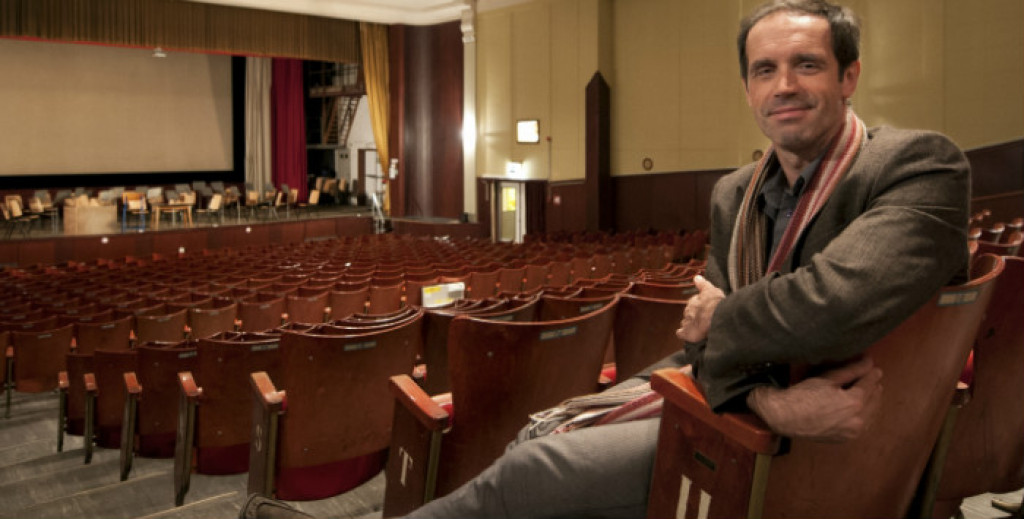The heyday of neighbourhood cinemas
Kinema Elisabeth in Asse, Cinema Minerva in Sint-Pieters-Leeuw, the Ideal in Lot, the Novy in Vilvoorde. All local cinema halls to which the locals eagerly opened their hearts, as opportunities for finding friends and love. People used to watch films in cramped conditions in a café or the backroom of a grocer's shop. There is no way that independent operators could make a living from showing films but that certainly did not dampen their enthusiasm. ‘The success of neighbourhood cinemas in the first half of the 20th century was partly due to an ideological pillarisation and a favourable business climate that was not hampered in any way by the film distributors’, says film historian Daniël Biltereyst from Dilbeek. ‘The advent of the talking pictures in the 1930s implied heavy investments for local cinemas. Hence films used to be accompanied by an orchestra or a musician. Many neighbourhood cinemas were forced to close their doors when television came on the scene, along with a whole array of leisure activities in the 1960s. The deathblow for most of them was the arrival of the major cinema complexes. Flanders currently still has 15 or so neighbourhood cinemas.’ (RK, nov 2012)


